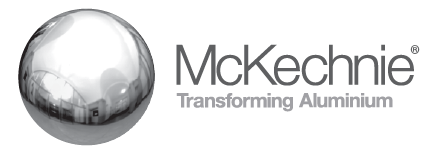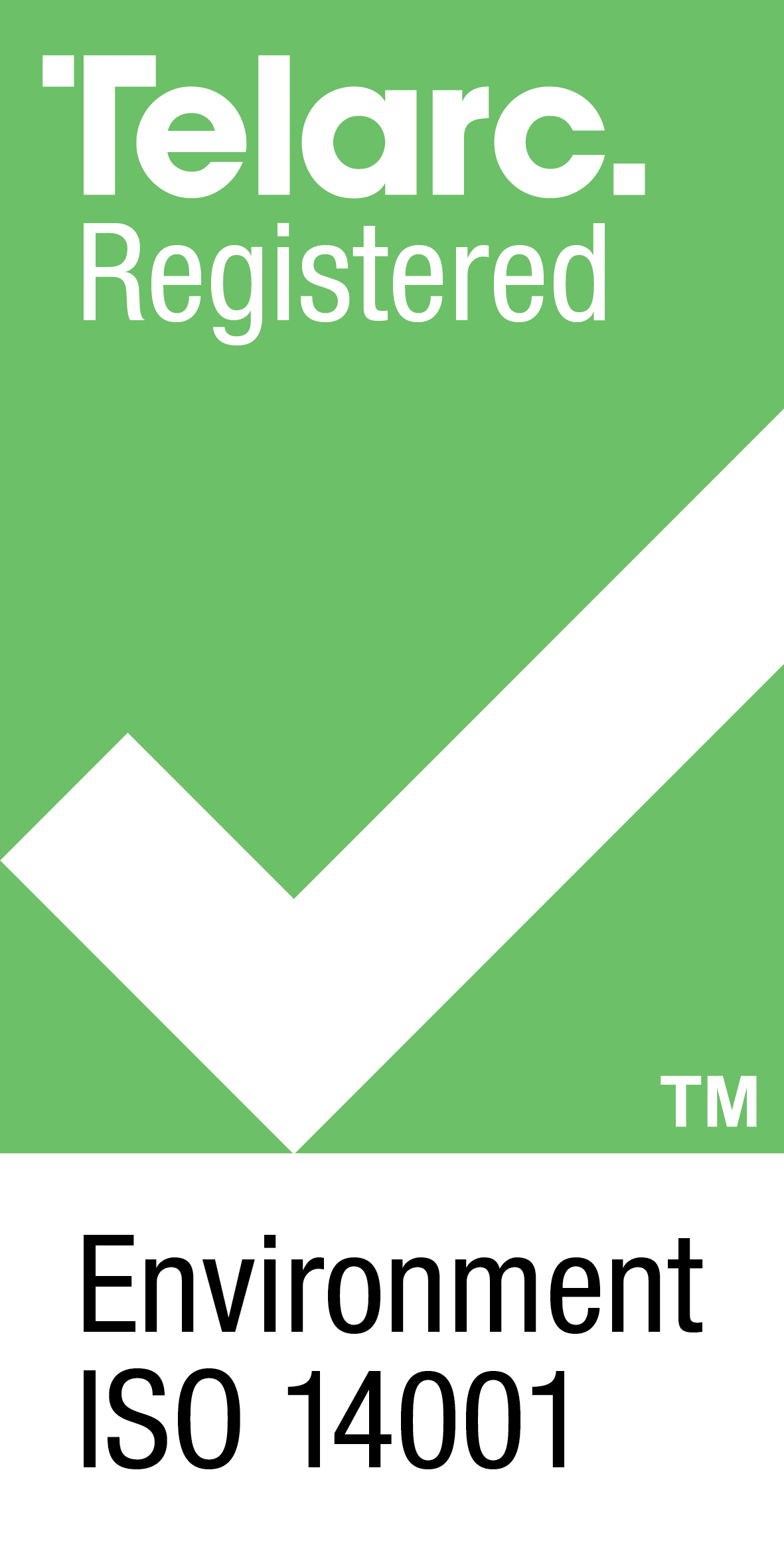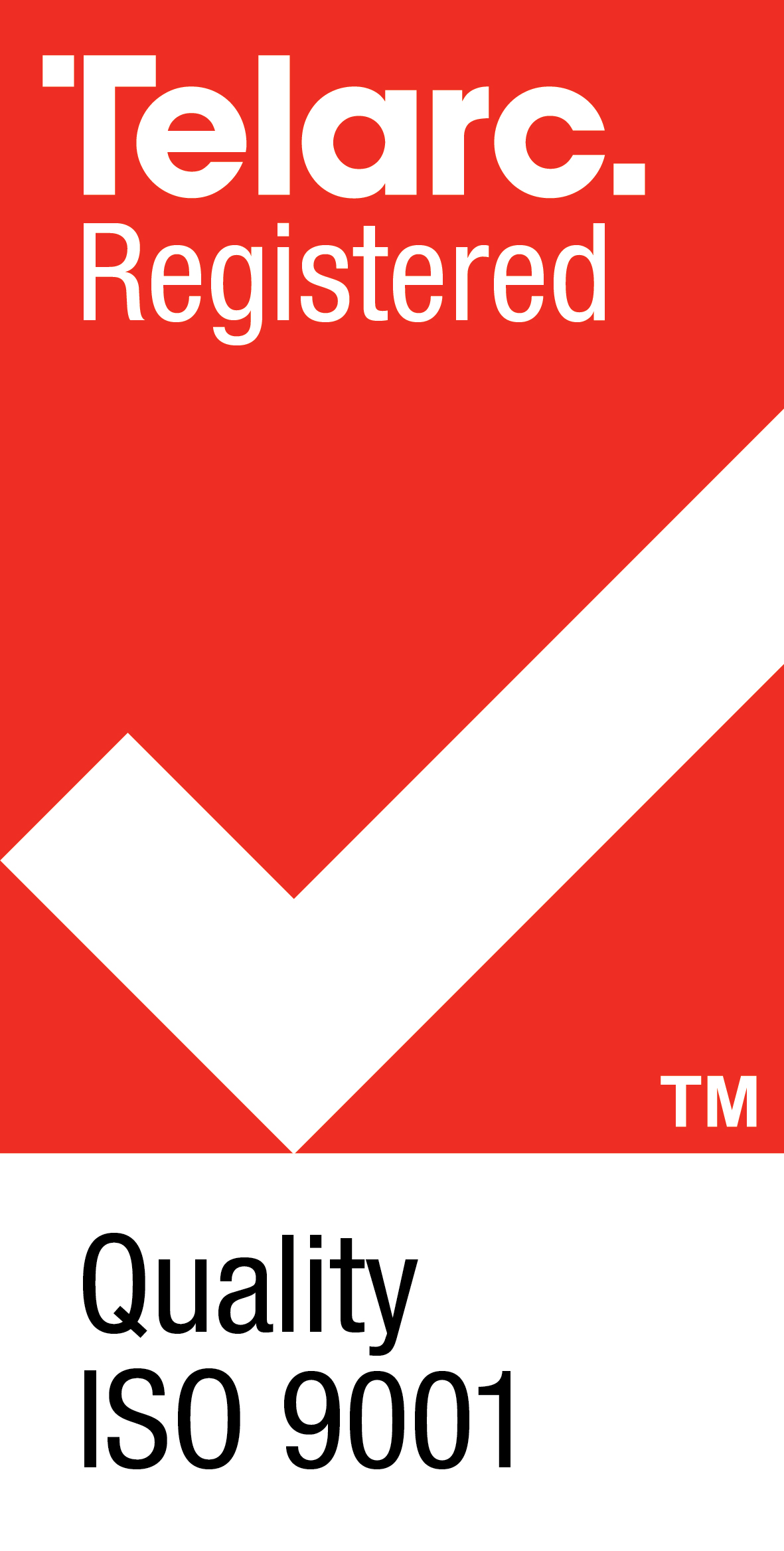Menu


Technical Specifications
Aluminium in Architecture
The growth of aluminium in architecture in New Zealand has been quite dramatic in recent years. When McKechnie Aluminium first commenced extruding aluminium in 1958 in this country, domestic windows, patio doors, and generally domestic components of aluminium were virtually unknown. Commercial window applications were in their early stages while the interiors of commercial buildings contained virtually no aluminium. Partitions, for example, were almost entirely of solid-wall construction.
Since then we have reached the stage where aluminium is virtually standard in many of these areas and its proportional penetration continues to grow. Aluminium is still the 'modern' metal. It lends itself well to the slender, open appearance which is evident in many buildings. Commercial building construction has passed through a number of phases in which the trend in the sixties was towards curtain-wall construction, whilst now there is greater emphasis on the use of individual windows and various building panels. Internally, demountable partitioning is now almost universal, using hollow framing members, often aluminium extrusions designed to take electrical and other services. These partitions can be easily moved according to demand from time to time, thus facilitating the most effective use of ever increasingly expensive office accommodation.
One of the major areas of aluminium penetration has been in windows and doors, both domestic and commercial, and in shop fronts. Aluminium gives the architect almost unlimited freedom in setting out his window requirements and allows him to specify profiles which satisfy his needs and offer him a completely draft-proof window, permanent in its proof against infiltration. Good provision of weather stripping is no problem with extruded sections and is generally used.
Aluminium in window and door frames in the various finishes available provides an excellent blend, often with striking effect, with timber paneling, bricks, stone, and most of the decorative building materials available. Aluminium has proved itself eminently suitable as a metal for the manufacture of windows, doors, shop fronts and similar installations since it can be formed and fabricated in ways hitherto commercially impossible for both wood and steel. As a result, various new forms of fenestration have been made economically possible.
High-purity aluminium is soft and ductile, and strength and hardness are acquired by the addition of various alloying elements such as magnesium, silicon, manganese and copper. Aluminium products are either wrought or cast, depending on whether their shape results from mechanically working the metal or from casting molten metal. Wrought alloys are used to produce extruded shapes, forgings and sheet products while cast alloys are used for the production of ornamental components and the mass-production of standard parts.
Aluminium is light in weight, being, for example, three times lighter than steel. It has excellent strength and durability. Properly installed, aluminium can provide years of dependable service, with its high, inherent resistance to atmospheric corrosion. Unlike many other metals, aluminium does not cause unsightly weathering stains on other materials. It responds well to various forming operations, cutting, welding and forging, and thus offers considerable flexibility in its use. It can be joined by all commonly-used methods such as welding, and use of adhesives and mechanical fasteners. It is non-sparking and non-magnetic. Aluminium has certain properties which require the architect's attention in using it most effectively.
The selection of an alloy for a particular application should be based on a careful evaluation of design requirements by way of mechanical properties and finishing characteristics. McKechnie Aluminium alloy 6060 and 6063 have proved highly successful for extruded sections for the manufacture of windows, doors, etc., architectural joinery, in various finishes. Other alloys can be used for certain specific extruded applications.
Aluminium extrusions have a comparatively high coefficient of expansion which is 0.000023mm per mm length of extrusion per oC. A length of aluminium extrusion 6 metres long will expand over 4mm when the temperature rises 30oC. When designing, especially building design, provision should be made for expansion and contraction caused by temperature changes. Thermal expansion is particularly important where aluminium extrusions are used with other materials which have different expansion rates.
Practically all aluminium alloys can be welded. For fusion welding the inert gas-shielded arc methods are now used almost exclusively and offer the advantages of high welding speed and freedom from flux problems.



